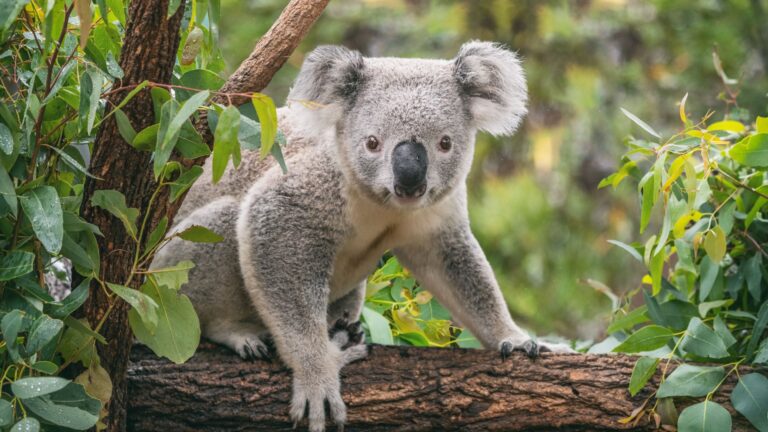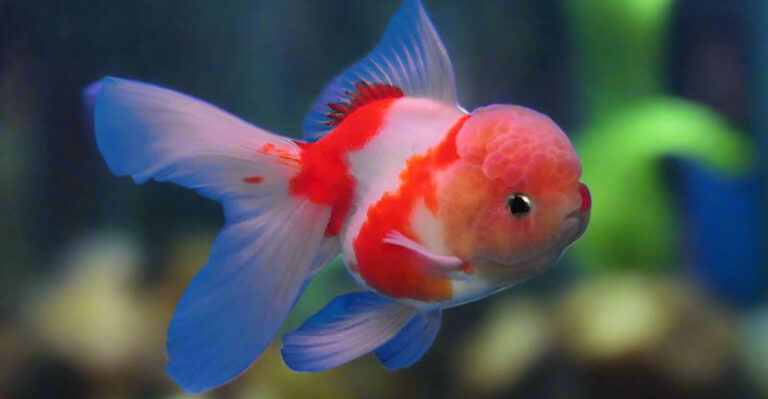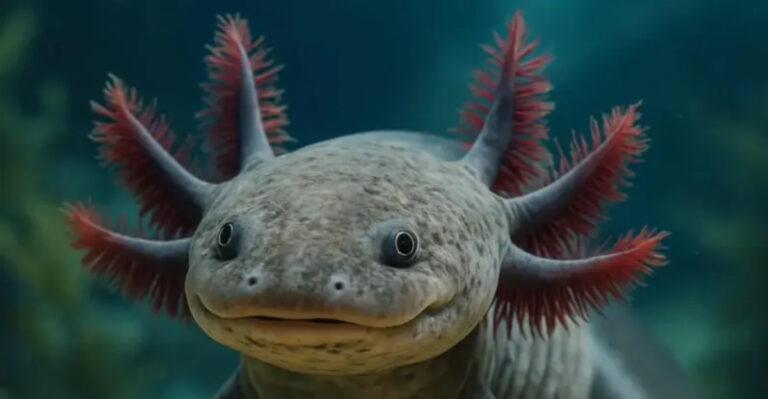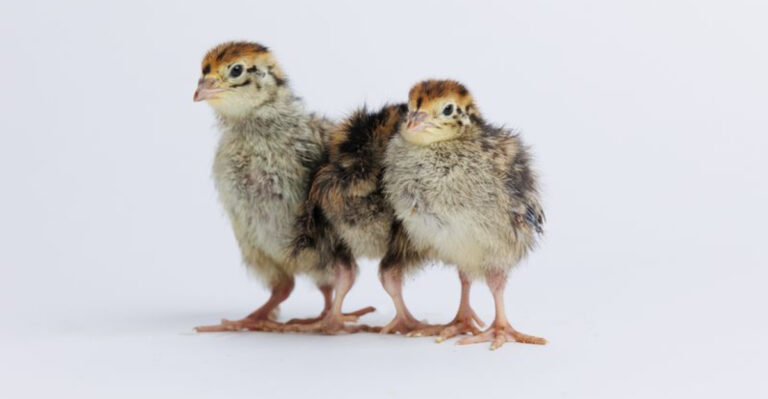5 Innovative Approaches Scientists Are Using To Reincarnate The Woolly Mammoth
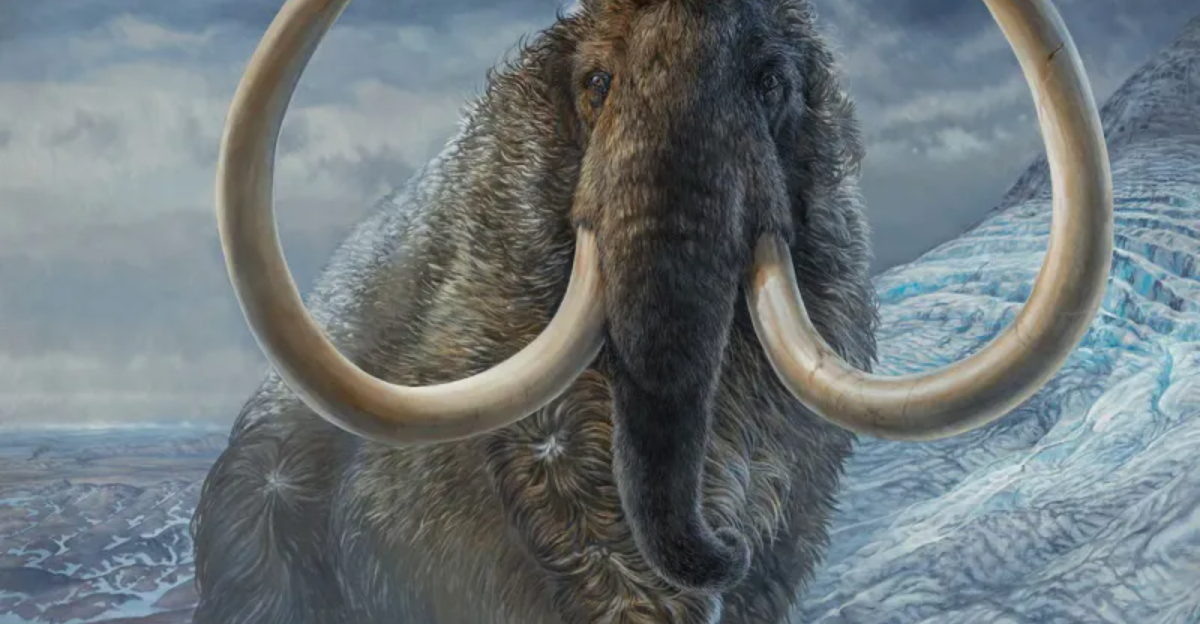
Imagine a world where the majestic woolly mammoth roams the earth once more. This ancient giant, which vanished thousands of years ago, has long fascinated scientists eager to bring it back from extinction.
With advances in genetic engineering and cloning technology, this dream is edging closer to reality. Let’s explore compelling ways scientists are striving to reincarnate these incredible creatures.
1. Genetic Engineering
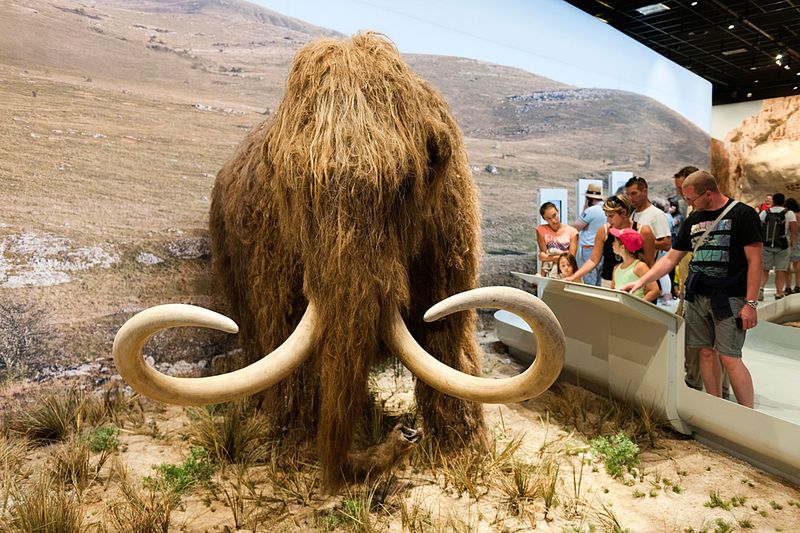
In cutting-edge laboratories, scientists are wielding the power of genetic engineering to bring back the woolly mammoth. By editing the DNA of the Asian elephant, the mammoth’s closest living relative, researchers aim to recreate mammoth-like traits.
Using CRISPR technology, they can splice mammoth genes into the elephant genome, targeting traits such as thick fur and cold resistance. This process involves intricate knowledge of genetics and a deep understanding of the differences between mammoth and elephant DNA.
By focusing on key attributes that allowed mammoths to thrive in the icy tundras, scientists hope to produce an elephant-mammoth hybrid that can survive in similar environments. It’s a complex dance of science and nature, where each genetic alteration must be carefully considered to ensure success.
These efforts not only aim to revive an extinct species but also to gain insights into ancient ecosystems and how modern conservation strategies could benefit from such knowledge.
2. Cloning
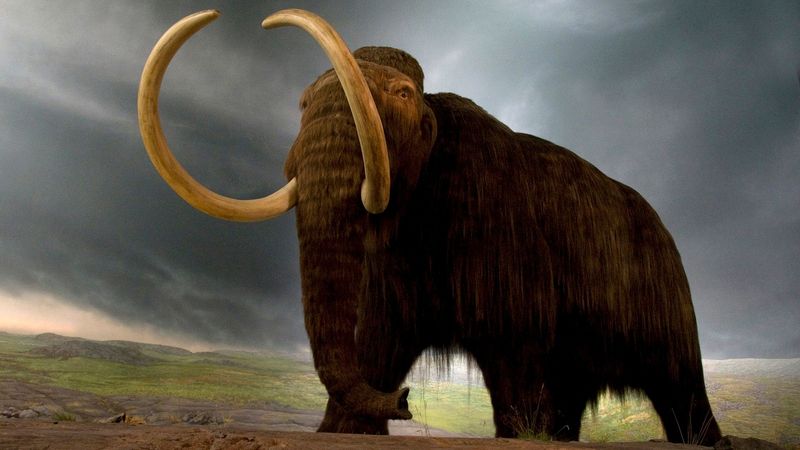
Cloning, a process made famous by Dolly the sheep, is another avenue scientists are exploring to resurrect the woolly mammoth.
The concept is straightforward yet technically challenging: use preserved mammoth DNA to create a viable embryo. This involves extracting DNA from mammoth remains found in permafrost and then replacing the nucleus of an egg cell from an Asian elephant with this DNA.
The hope is that the egg will develop into a mammoth embryo, which can then be implanted into a surrogate elephant mother. Cloning offers a more direct approach to reviving extinct species, bypassing complex genetic tweaks.
However, the degraded nature of ancient DNA presents significant hurdles. Successful cloning could revolutionize our understanding of genetics and the boundaries of life.
If scientists can overcome these obstacles, we may witness the first cloned mammoth in the near future. Such breakthroughs could unlock new possibilities in de-extinction science, potentially offering solutions to current conservation challenges.
3. Hybrid Breeding

Hybrid breeding is a fascinating approach that combines the strengths of both genetic engineering and natural breeding. By using elephants as surrogate mothers, scientists can breed animals that possess mammoth traits.
This involves creating embryos with a mix of mammoth and elephant DNA, aiming to produce offspring that resemble the ancient giants. The process starts with selecting key mammoth genes responsible for their unique adaptations.
These genes are then integrated into elephant DNA to form a hybrid that can be bred naturally. Such hybrids can gradually gain more mammoth characteristics over successive generations.
While this method might be slower than direct cloning, it offers the advantage of natural adaptation to the environment.
Hybrid breeding not only helps in reviving mammoths but also contributes to preserving elephant species by introducing genetic diversity. This approach blurs the line between de-extinction and conservation, providing a novel way to tackle biodiversity loss.
4. Artificial Womb Technology
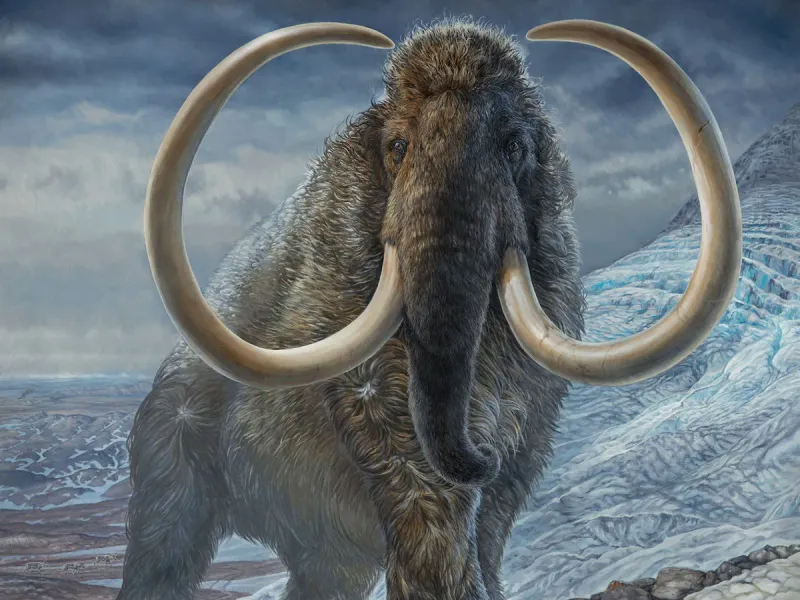
The concept of artificial wombs offers an intriguing possibility for mammoth resurrection. This technology is in its infancy but holds great promise for de-extinction efforts.
Instead of relying on elephant surrogates, scientists are developing artificial wombs that can nurture mammoth embryos from conception to birth. This method circumvents the limitations faced by using living surrogates, such as size and gestation period mismatches.
Artificial wombs can provide a controlled environment tailored to the needs of developing mammoth embryos, increasing the chances of success. With advancements in biotechnology, artificial wombs could become a viable option for bringing back extinct species.
This approach could potentially revolutionize how we think about reproduction and species revival, offering a futuristic glimpse into the possibilities of science. As researchers refine this technology, the dream of seeing a woolly mammoth walk the Earth again becomes increasingly tangible.
5. DNA Resurrection
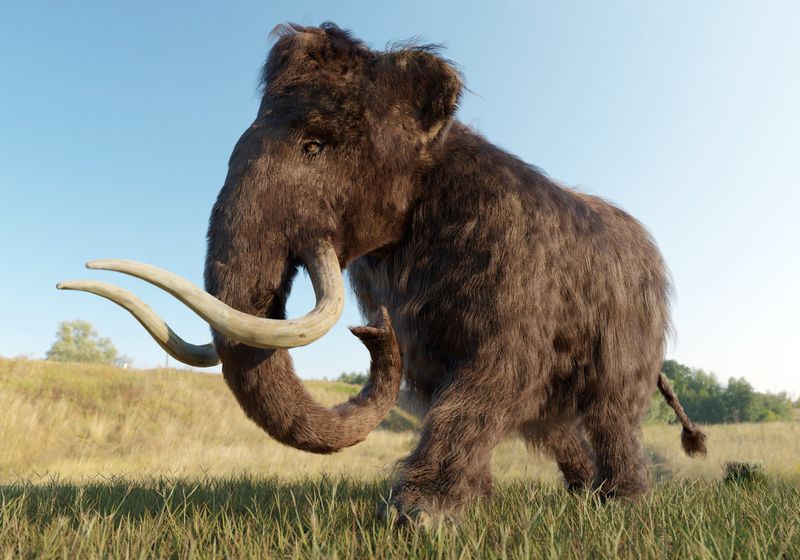
DNA resurrection is at the heart of de-extinction efforts. By comparing the DNA of woolly mammoths with that of modern elephants, scientists aim to identify and reconstruct the genetic blueprint of these prehistoric creatures.
This involves deep analysis of preserved mammoth remains, extracting and piecing together fragmented DNA sequences.
The challenge lies in accurately reconstructing long-extinct DNA sequences, which requires sophisticated computational tools and a comprehensive understanding of ancient genetics.
Successful DNA resurrection could enable scientists to produce living organisms with features nearly identical to their extinct counterparts.
This method is not just about bringing back one species but could pave the way for reviving other extinct animals. With each breakthrough, researchers get closer to unraveling the mysteries of the past and applying this knowledge to current conservation efforts.
DNA resurrection signifies a pivotal step in understanding evolution, providing insights into the resilience and adaptability of life on Earth.


